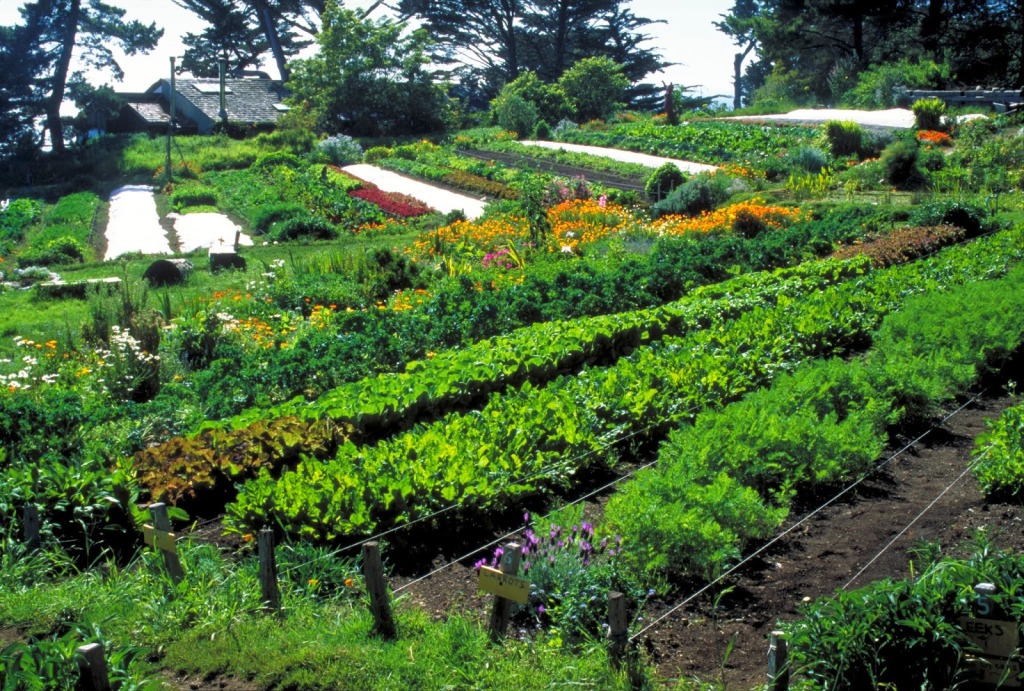Permaculture Principles for Small-Scale Farming
Small-scale farming has gained popularity in recent years as people seek to embrace sustainable and self-sufficient lifestyles. Permaculture, a holistic approach to designing landscapes that mimic the patterns found in nature, offers valuable principles for small-scale farmers looking to create resilient and productive ecosystems on their land. By implementing permaculture principles, farmers can optimize their resources while minimizing waste and environmental impact. In this article, we will explore some key permaculture principles that can be applied to small-scale farming.
1. Observe and interact: Before embarking on any farming venture, it is essential to spend time observing the land’s natural features such as sun exposure, water flows, soil conditions, and existing flora and fauna. By understanding these elements, farmers can make informed decisions about how best to design their farm layout and select appropriate crops or livestock.
2. Start small: Beginning with a smaller area allows farmers to experiment with different techniques and observe what works well on their specific piece of land. Starting small also helps manage labor demands while gaining experience before scaling up operations.
3. Use zoning wisely: Zoning refers to dividing the farm into distinct areas based on factors such as water needs, sunlight requirements, accessibility, or plant compatibility. This practice ensures efficient use of resources by grouping plants or animals according to their specific needs.
4. Embrace diversity: Mimicking nature’s biodiversity is crucial in permaculture farming systems since diverse ecosystems are more resilient against pests and diseases than monocultures. Introduce a variety of crops that complement each other by providing different nutrients or pest-control properties.
5. Practice companion planting: Companion planting involves strategically placing plants together based on their mutual benefits – such as repelling pests or improving soil fertility – which leads to higher yields without relying heavily on synthetic inputs like pesticides or fertilizers.
6. Build healthy soil: Soil health is fundamental for successful farming. Adopting practices like cover cropping, mulching, and composting can improve soil structure, increase organic matter content, enhance water retention capabilities, and promote beneficial microbial activity.
7. Capture and store energy: Permaculture encourages farmers to capture natural energy sources such as sunlight or wind to power essential farm operations. Installing solar panels for electricity generation or using wind turbines can help reduce reliance on fossil fuels.
8. Utilize water wisely: Implementing water conservation techniques like rainwater harvesting, swales (contour ditches), or graywater systems can minimize dependence on external water sources while ensuring adequate hydration for plants and animals.
9. Value renewable resources: Small-scale farmers should prioritize using renewable resources whenever possible. For example, utilizing animal manure as fertilizer instead of synthetic options not only closes nutrient loops but also reduces environmental pollution.
10. Practice self-regulation: Permaculture emphasizes the importance of maintaining a balance between human needs and the health of the ecosystem as a whole. This principle requires farmers to avoid overexploitation of resources and adopt responsible management practices that respect biodiversity and long-term sustainability.
In conclusion, permaculture principles offer valuable guidance to small-scale farmers seeking sustainable farming methods that harmonize with nature’s patterns. By embracing observation, diversity, resource optimization, renewable energy usage, and responsible management practices – among other principles – farmers can create thriving ecosystems that produce healthy food while preserving the environment for future generations to come


Leave a comment